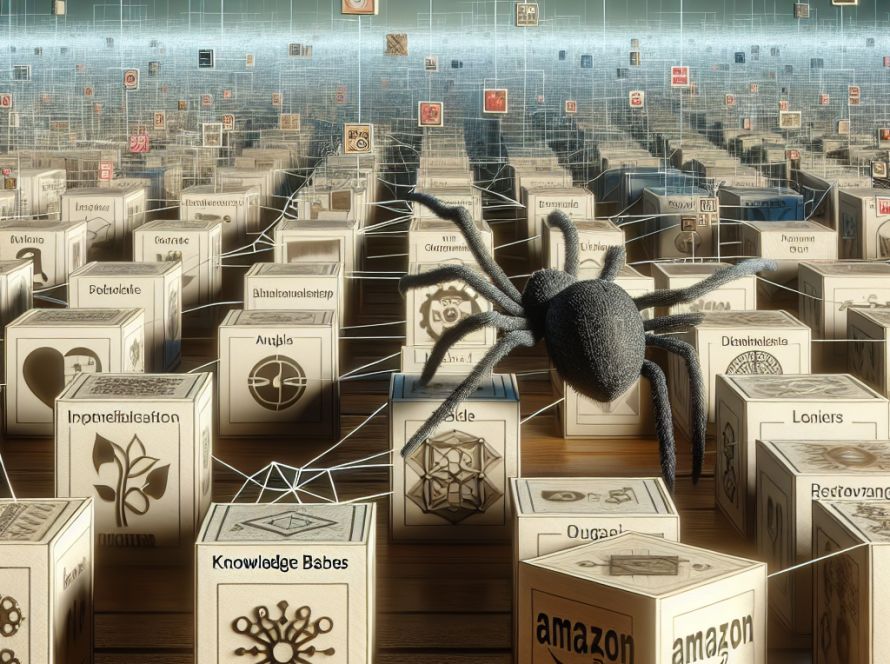MIT researchers have developed a technique that might allow animators to have more control over their creations. It leverages mathematical functions known as barycentric coordinates to define the way 2D and 3D shapes bend, stretch and move. It gives artists significant flexibility, allowing them to select functions that best fit their vision for the animation. Traditionally, animators have limited options for barycentric coordinate functions, often having to begin from scratch for different appearances.
The lead author, Ana Dodik, stated that the focus should be on giving flexibility to artists and improving the final look of their product. The technique can potentially find applications in various areas, including medical imaging, virtual reality, architecture, and computer vision for robots.
Barycentric coordinates have been used in the past, with this concept dating back to the 19th century. In their research, the MIT team utilized a special kind of neural network to model unknown barycentric coordinate functions. This approach is advantageous as it allows artists to design barycentric coordinates without worrying about the mathematical details involved. It satisfies the necessary constraints accurately, making this technique a valuable tool for artists.
The principle used in the research is based on the older concept of triangular barycentric coordinates. The researchers extended this concept by covering a shape with overlapping virtual triangles connected by triplets of points outside the shape. The neural network predicts how to combine these virtual triangles’ barycentric coordinates, generating a more complex but smooth function.
Artists can use this method to test functionalities, tweak the coordinates, and iterate on animations until they get the desired animation. This technique could potentially produce more natural-looking animations.
The team demonstrated how their method could yield more natural-looking animations, like a smoothly bending cat’s tail, as opposed to the rigid movements generated by traditional methods. The researchers plan to work on different strategies to accelerate the neural network and aim to develop an interactive interface that allows artists real-time editing of animations.
This research received funding from multiple sources, including the U.S. Army Research Office, U.S. Air Force Office of Scientific Research, U.S. National Science Foundation, the CSAIL Systems that Learn Program, among others.


